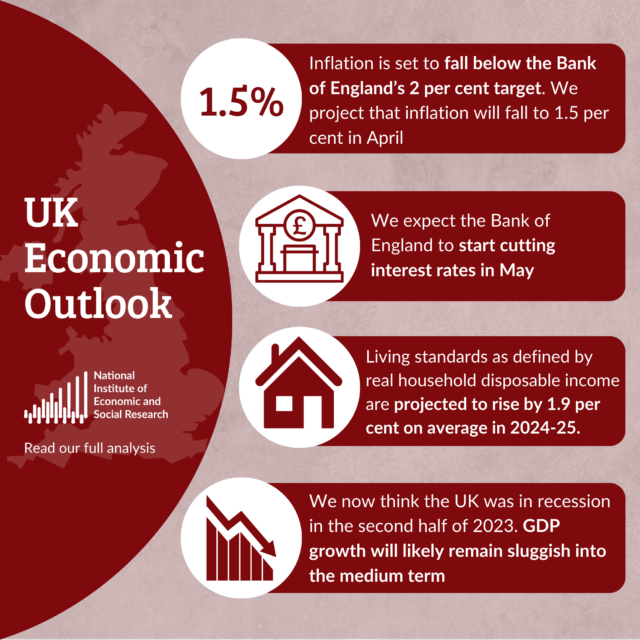Investigating the Factors Driving Scotland’s Productivity Gap with International Countries
In this project we look at productivity drivers in Scotland relative to other European regions since the beginning of the 2000s. Our comparative analysis focuses on a group of regions that are of similar level of economic development to that of Scotland, but that have excelled in terms of labour productivity growth. We examine the role played by capital investment, labour quality and Total Factor Productivity (TFP) as well as innovation and foreign direct investments (FDI) in explaining productivity differences.

Summary & aims
The average labour productivity growth rate for Scotland during the period 2009-2017 was just over 1 per cent and thus appears to be stagnating in the international productivity rankings. While previous studies have investigated what might explain the productivity gap between Scotland relative to other areas of the UK, there is no comprehensive analysis of the productivity performance that illustrates Scotland’s position in the regional European landscape. We aim to get a better understanding of what are the potential factors that might explain the productivity gap between Scotland and other well-performing European and UK regions. This analysis is of high-policy relevance to the broad levelling-up agenda, which seeks to reduce economic and social disparities amongst the UK regions which continue to be widening.
Methodology
First, we investigate differences in levels of productivity between Scotland and close comparators, implementing a levels accounting framework. We show what are the main factors explaining long-standing differences between Scotland and pertinent European regions. Second, we employ a dynamic growth accounting approach to map the sources of regional productivity growth in the last fifteen years. We aim to understand better what are the elements mostly limiting Scotland’s productivity resurgence, which can be important forces elsewhere. While this type of framework does not allow us to address causality, it is a powerful accounting tool and has been employed extensively in the empirical literature to explain cross-country and cross-industry productivity differences. In addition we employ an econometric framework to try to address causality issues, investigating what are the factors driving Total Factor Productivity differences across regions. We highlight the role of education and R&D investment and explore in more detail how they can help growth given conditional factors such as distance to technology frontier.
Findings and Recommendations
During the period analysed here, about 40 per cent of labour productivity growth can be attributed to capital accumulation, and about 60 per cent of all labour productivity growth was due to TFP improvements. In contrast, the effect of improvements in labour quality (proxied by certified skills) was almost negligible.
We find that Scotland has slightly outperformed many regions in the UK in terms of labour productivity, in particular thanks to this greater capital accumulation. However, and confirming empirically the ideas put forward by other studies, we find that the Scotland’s underperformance relative to EU benchmark regions is largely explained by worse TFP and innovation, while to a lesser extent capital. In absolute terms the rate of TFP growth is lower than in many UK and benchmark regions.
Skill shortages, usually measured by surveys of firms’ perceptions, can have sizeable adverse impacts on productivity growth. From an employer’s perspective, we observe that Scotland has a lower proportion of high-skills vacancies compared to the UK as a whole.




























